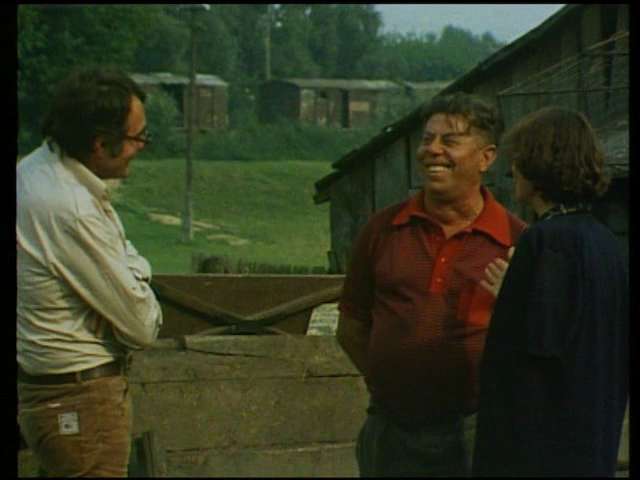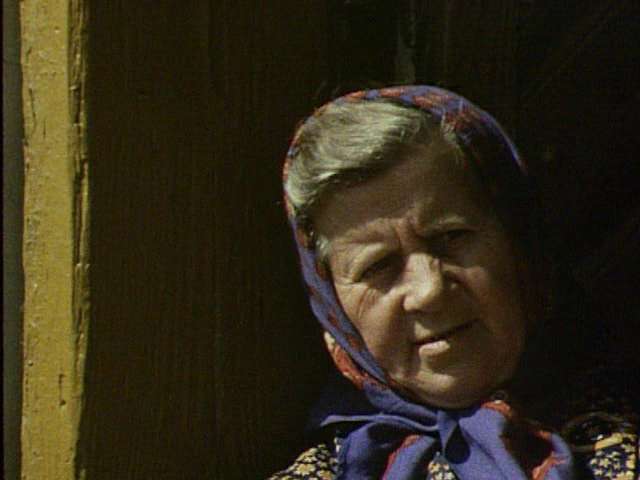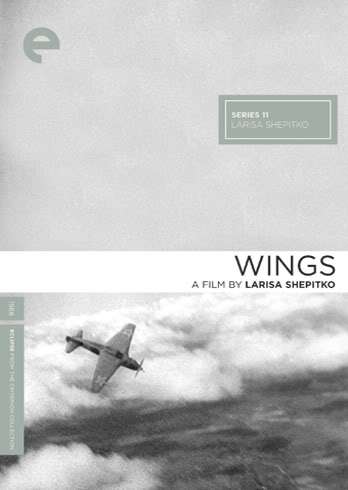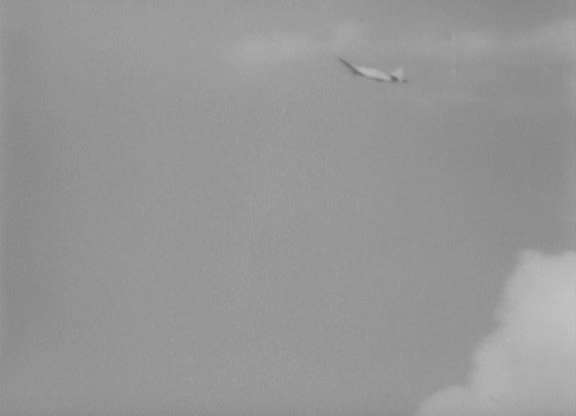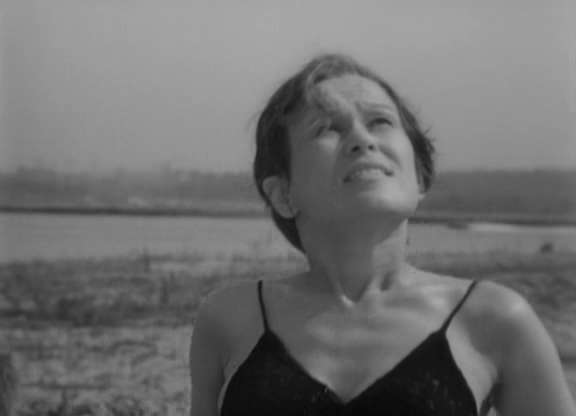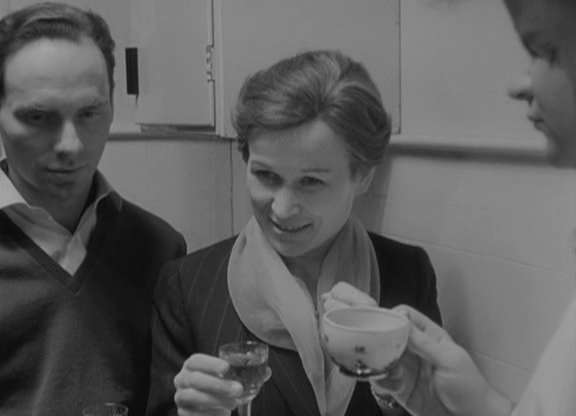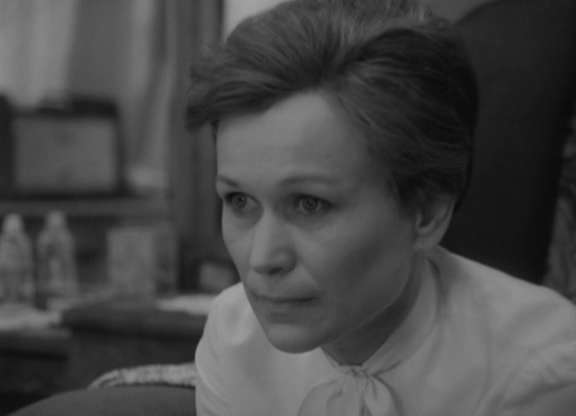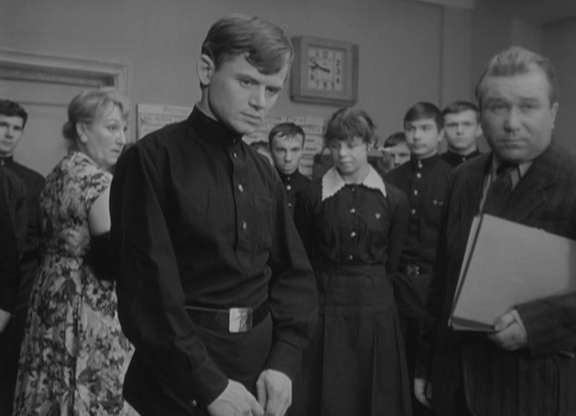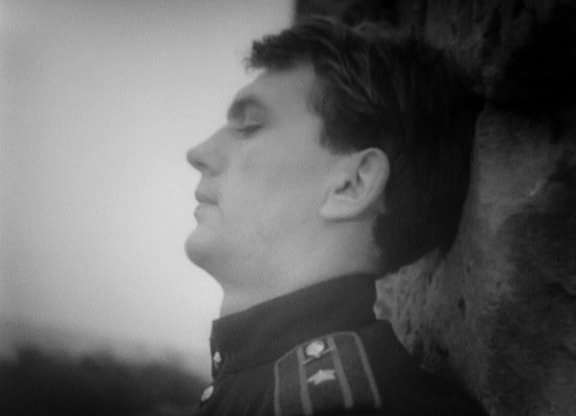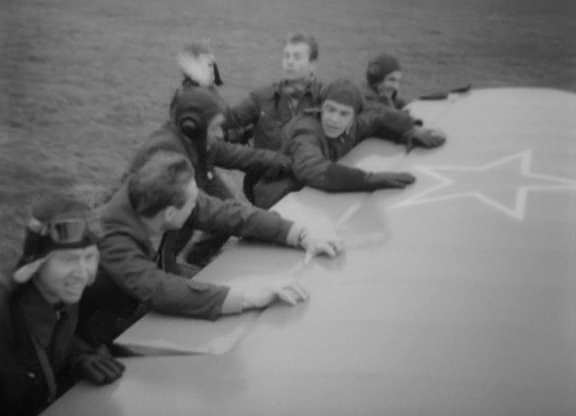![http://img360.imageshack.us/img360/2340/searchersuw3.jpg]()
![29f7c043f76a2bde437fd0d52a185152]()
SYNOPSIS:
Ethan Edwards, returned from the Civil War to the Texas ranch of his brother, hopes to find a home with his family and to be near the woman he obviously but secretly loves. But a Comanche raid destroys these plans, and Ethan sets out, along with his 1/8 Indian nephew Martin, on a years-long journey to find the niece kidnapped by the Indians under Chief Scar. But as the quest goes on, Martin begins to realize that his uncle’s hatred for the Indians is beginning to spill over onto his now-assimilated niece. Martin becomes uncertain whether Ethan plans to rescue Debbie… or kill her.
![]()
![]()
![]()
FILMSITE MOVIE REVIEW:
The Searchers (1956) is considered by many to be a true American masterpiece of filmmaking, and the best, most influential, and perhaps most-admired film of director John Ford. It was his 115th feature film, and he was already a four-time Best Director Oscar winner (The Informer (1935), The Grapes of Wrath (1940), How Green Was My Valley (1941), and The Quiet Man (1952)) – all for his pictures of social comment rather than his quintessential westerns. The film’s complex, deeply-nuanced themes included racism, individuality, the American character, and the opposition between civilization (exemplified by homes, caves, and other domestic interiors) and the untamed frontier wilderness.
With dazzling on-location, gorgeous VistaVision cinematography (including the stunning red sandstone rock formations of Monument Valley) by Winton C. Hoch in Ford’s most beloved locale, the film handsomely captures the beauty and isolating danger of the frontier. It was even a better film than Ford’s previous Best Picture-winning How Green Was My Valley (1941). However, at its time, the sophisticated, modern, visually-striking film was unappreciated, misunderstood, and unrecognized by critics. It did not receive a single Academy Award nomination, and was overwhelmed by the all-star power and glamour of the Best Picture winner of the year, Around the World in 80 Days (1956).
The film’s screenplay was adapted by Frank S. Nugent (director Ford’s son-in-law) from Alan Le May’s 1954 novel of the same name, that was first serialized as a short story in late fall 1954 issues of the Saturday Evening Post, and first titled The Avenging Texans. Various similarities existed between the film’s script and an actual Comanche kidnapping of a young 9 year-old white girl (Cynthia Ann Parker) at Fort Parker in East Texas on May 19, 1836. [Note: She was finally ‘rescued’ or recaptured by Texas Rangers about 25 years later in the Battle of Pease River in late 1860, after living as the Comanche wife of warrior Peta Nocona and the mother of three Native-American children (two sons and a daughter). She had great difficulty adjusting to white society upon her return, and died in 1870.] The film’s producer was C.V. Whitney – a descendant of Eli Whitney, who was a pioneer in the mass production of muskets in the first firearms assembly factory in New Haven, CT.
Ten to fifteen years after the film’s debut, and after reassessing it as a cinematic milestone, a generation of “New Hollywood” film directors, French film critics and others, including Martin Scorsese, Paul Schrader, Steven Spielberg, John Milius, Brian De Palma, Jean-Luc Godard, Wim Wenders, and George Lucas, praised the film. They traced their own fascination with film to this mythic John Ford western, and in reverence, reflected his work in their own films (e.g., Scorsese’s Taxi Driver (1976), Who’s That Knocking at My Door? (1968), and Mean Streets (1973), Lucas’ Star Wars (1977), Spielberg’s Close Encounters of the Third Kind (1977), Sergio Leone’s Once Upon a Time in the West (1968, It.), and Schrader’s Hardcore (1979)). Even rock musician Buddy Holly wrote a song based on John Wayne’s trademark line: “That’ll Be The Day,” popularized by the Beatles.
The Searchers tells the emotionally complex story of a perilous, hate-ridden quest and Homeric-style odyssey of self-discovery after a Comanche massacre, while also exploring the themes of racial prejudice and sexism. Its meandering tale examines the inner psychological turmoil of a fiercely independent, crusading man obsessed with revenge and hatred, who searches for his two nieces (Pippa Scott and Natalie Wood) among the “savages” over a five-year period. The film’s major tagline echoed the search: “he had to find her…he had to find her.”
John Wayne, the “Duke,” had already played many major roles in numerous westerns in his career, including The Big Trail (1930), The Spoilers (1942), Howard Hawks’ Red River (1948), and The Fighting Kentuckian (1949), and had appeared in five previous Ford westerns, including: Stagecoach (1939), 3 Godfathers (1948), Fort Apache (1948), She Wore a Yellow Ribbon (1949), and Rio Grande (1950) — and would appear in a few more, including: The Horse Soldiers (1959) and The Man Who Shot Liberty Valance (1962). In this film, his first anti-heroic role, he was a bigot and racist – a tragic, lonely, morally-ambiguous figure perenially doomed to be an outsider. It was a role that the actor often described as his favorite. It is commonly regarded as Wayne’s finest-acted performance – and his ninth starring role in a Ford film. [Wayne’s other Ford films, four non-westerns, included: The Long Voyage Home (1940), They Were Expendable (1945), The Quiet Man (1952), and The Wings of Eagles (1957).]
The opening credits (portrayed in a Playbill fontface) are displayed before a backdrop of an adobe brick wall. The words of the romantic Stan Jones ballad (sung by The Sons of the Pioneers) that play during the credits, What Makes a Man to Wander?, define the central theme of the film – one man’s wanderings and obsessive search:
What makes a man to wander?
What makes a man to roam?
What makes a man leave bed and board
And turn his back on home?
Ride away, ride away, ride away.
In the final, well-celebrated scene located in front of the Jorgensen’s pioneer home, Mose is peacefully sitting on the porch rocking chair, rewarded for his persistence, and having found the answer to his persistent dream to find civilization and never wander again. The Jorgensens see five approaching riders. Laurie rushes off the porch, running to the second rider – Martin. In the lead, Ethan carries Debbie on his horse up to the front door of the Jorgensen’s pioneer home. He dismounts, carries her in his arms to Jorgensen and his wife, and deposits her on the porch doorstep – she has her arms wrapped childishly around his neck.
The soundtrack reprises the opening song for the remainder of the scene:
A man will search his heart and soul
Go searchin’ way out there
His peace of mind he knows he’ll find
But where, O Lord, Lord where?
Ride away, ride away.
The tragic outsider, Ethan stands for a few moments, lingering outside as the camera pulls back into the darkened inside of the home, the doorway framing the scene. Ethan steps up onto the porch, then hesitates and steps to one side as Laurie and Martin cross behind him and enter, reunited once and for all – unlike Ethan who is fated to wander and cannot live in a civilized, family-based community. [Marty and Laurie function as surrogates for Ethan and Martha’s love – the young couple are put back into the functioning, rebuilt remnants of the family that was so split apart by Scar’s savagery.] Neurotically split and isolated, he belongs neither to the civilized settlers nor with the native Indians.
Still standing with his feet astride in a wide stance within the framing of the doorway, Ethan grasps his right elbow with his left hand. [This has been acknowledged as Wayne’s subtle, tribute-remembrance of cowboy actor Harry Carey, Sr.’s familiar stance in silent western films.] He then decides to remain behind, looking after them. Then he turns away, his silhouette continuing to be framed in the open doorway, and walks into the swirling dust. The eternally-excluded loner, he wanders alone (like the fate of the dead Indian whose eyes he shot out) back into the alien, desert wilderness, similar to how he entered the picture so many years before, but now reversed. The Jorgensen’s door, the door to civilization and the family hearthside, swings shut on him, making the screen black.
©Tim Dirks
![]()
![]()
![]()
http://keep2s.cc/file/5b3c179785845/The_Searchers.mkv
http://keep2s.cc/file/533d0664df846/Turning_of_the_Earth.mkv
http://keep2s.cc/file/a60588c638eb2/The_Searchers_-_An_Appreciation.mkv
http://www.nitroflare.com/view/B22D7AE6948F0B8/The_Searchers.mkv
http://www.nitroflare.com/view/167AA65D853EBCC/Turning_of_the_Earth.mkv
http://www.nitroflare.com/view/31949D97F7BCAF8/The_Searchers_-_An_Appreciation.mkv
Language(s):English, Navajo, Spanish
Subtitles:English French Spanish
![Facebook]()
![Google+]()
![Pinterest]()
![Tumblr]()
![Delicious]()
![StumbleUpon]() Share
Share













































































































